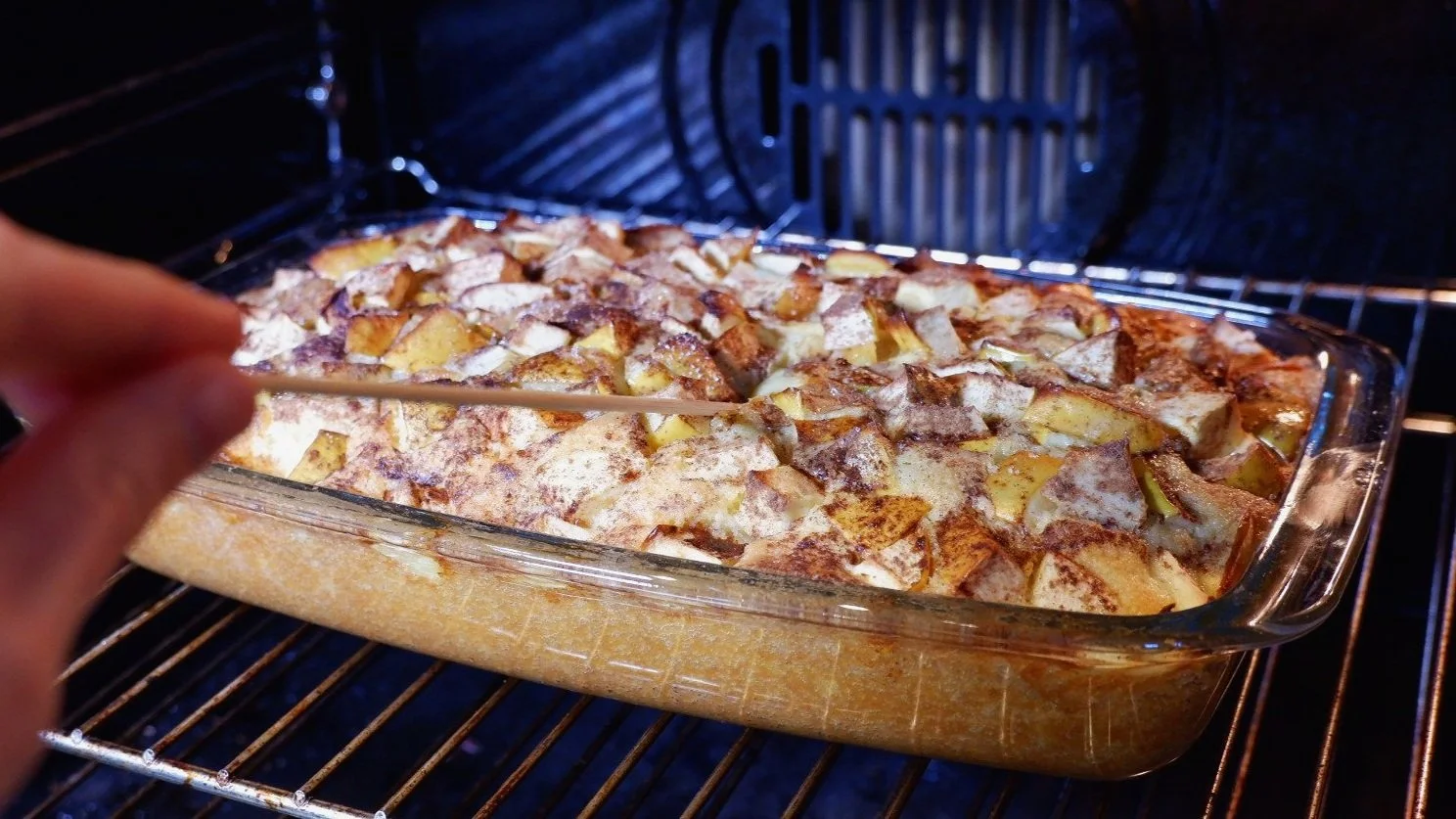Baking Powder or Baking Soda?
What’s the difference between baking powder and baking soda, and which one do you use when?
Baking in the LAB (Liquid, Acidic, Basic)
Would you like to listen to the podcast version instead of reading this article? Find it here!
For a lot of baked goods that don’t need yeast but a bit of help with rising - like cakes, some breads, buns and lots more, you’ll see the recipe calling for either baking powder or baking soda (often called bicarbonate of soda in shops here in the UK). If you’re wondering what the difference is, and whether they are interchangeable, I’ve shared a bit of info below which may help you understand it more - hopefully this can be of help when you experiment with creating your own dishes and don’t have a recipe to follow!
Baking Powder vs Baking Soda
First, let’s look at baking soda (bicarbonate of soda). What is it?
Baking soda, bicarbonate of soda, or sodium bicarbonate - all the same thing - is an alkaline, or basic, leavening powder (as in, the opposite of acidic. Whoever said “cooking is art, baking is science” was definitely on to something). It needs two things to activate: a liquid, and an acidic ingredient. When it activates it releases carbon dioxide which helps your cakes and other baked goods rise and become fluffy, light and airy.
An example of a recipe where you would want to use baking soda would be a pancake recipe where you use buttermilk, kefir or a mix of milk and vinegar (as a buttermilk version). These are acidic, and of course liquid too - and along with eggs or other liquids in the recipe, you would be getting both the acidity and liquid needed for the baking soda to activate. Most recipes call for a very small amount of baking soda, as it is quite effective stuff!
Secondly, baking powder.
Baking powder on the other hand, contains baking soda. It also contains an acidic ingredient, like disodium pyrophosphate was one I found in the baking powder I currently have, and a buffer - a third ingredient which prevents the two other ingredients to react with each other before you use them in your baking. That can be cornstarch, rice flour or similar. So 3 ingredients, one of them being the above mentioned baking soda. As it already contains both this and acid, all you need for baking powder to react is liquid. So you will find this in all sorts of baking where there is no acidic ingredient, for example in my simple naan, or oat cookies.
Can you substitute one for the other?
This is often the question. Help! I have baking soda, but it says baking powder in the recipe - or the other way around. Can you swap one for the other? Well, as baking powder contains baking soda, you can use powder in place of soda, however you will possibly need quite a lot more and it may not get you the best tasting result. But, I am all for giving something a go and it’s better (in my opinion) than totally giving up on baking, if it’s all you have! You never know, it may turn out totally fine, depending on what you’re making.
Using baking soda instead of baking powder, knowing what we know now about how it works, of course means that you will need to add an acidic component if the recipe doesn’t offer this already. But maybe that will totally work! (Tip: if you have cream of tartar at home, this can be the acidic ingredient to use for that purpose.) Maybe it will even make what you’re baking even more interesting. Again, you won’t know until you try - so give it a go, I say! Keep in mind that you will probably need much less than it says, so for example 1 tsp of baking powder would be less than 1/2 tsp of baking soda.
Have you successfully - or unsuccessfully - swapped one for the other? Did I miss anything about baking powder or baking soda?
Email me at liv@thefromscratchbody.com!
